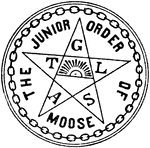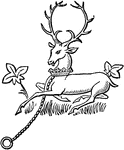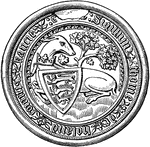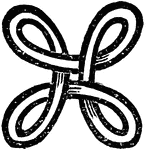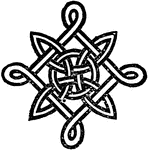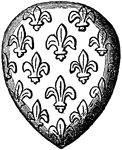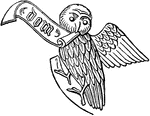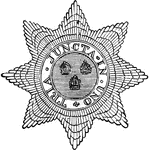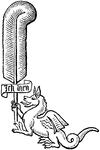Clipart tagged: ‘Badge’
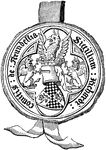
Seal of Richard, Earl of Arundel
"The Seal of Richard, Earl of Arundel, bears his achievement of arms. The supporters, crest, helm, etc.,…
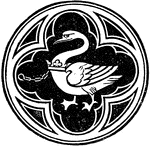
De Bohun Badge
"De Bohun badge. From the central spandrel of the Canopy of the Brass to Alianore de Bohun, Duchess…

Rose and Crown Badge
"BADGE. A distinctive mark worn by servants, retainers, and followers of royalty or nobility, who, being…

Confederate Rosette and Badge
The Confederate rosette and badge was worn by supporters of the Southern Confederation.

Cross Ordinary
Gules, a saltier, argent. The saltier was formed by making two pieces of riband cross diagonally, having…
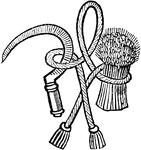
Garb and Sickle
"The garb and sickle, the badge of the Hungerfolds, is another very beautiful and less common example…
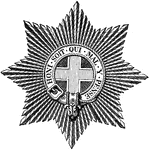
Star of the Order of the Garter
"The Star is the badge, first ordered by Charles I. The rays are of silver or diamonds. The star is…
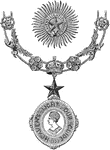
Insignia of the Order of the Star of India
"This Order was instituted by Her Majesty the Queen, in the year 1861, for bestowing honor upon the…
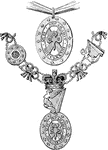
Insignia of the Order of St. Patrick
"The ribbon, of sky-blue, four inches in width, is worn over the right shoulder, and sustains the badge…
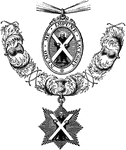
Insignia of the Order of the Thistle
"The Jewel or Badge, attached to the collar, or worn depending from a broad dark green ribbon which…
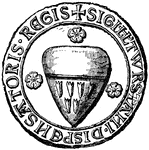
Seal of Thurstan
The heraldic seal of the archbishop of York, who worked under kings William II of England and Henry…

Washington's Congressional Gold Medal, Back
Since the American Revolution, Congress has commissioned gold medals as its highest expression of national…
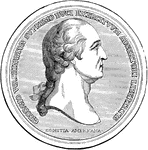
Washington's Congressional Gold Medal, Front
Since the American Revolution, Congress has commissioned gold medals as its highest expression of national…
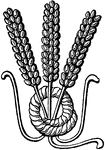
Badge of Abbot John de Wheathamstede
The heraldic badge of Abbot John de Wheathamstede. This badge has a rebus, or a visual pun representing…
